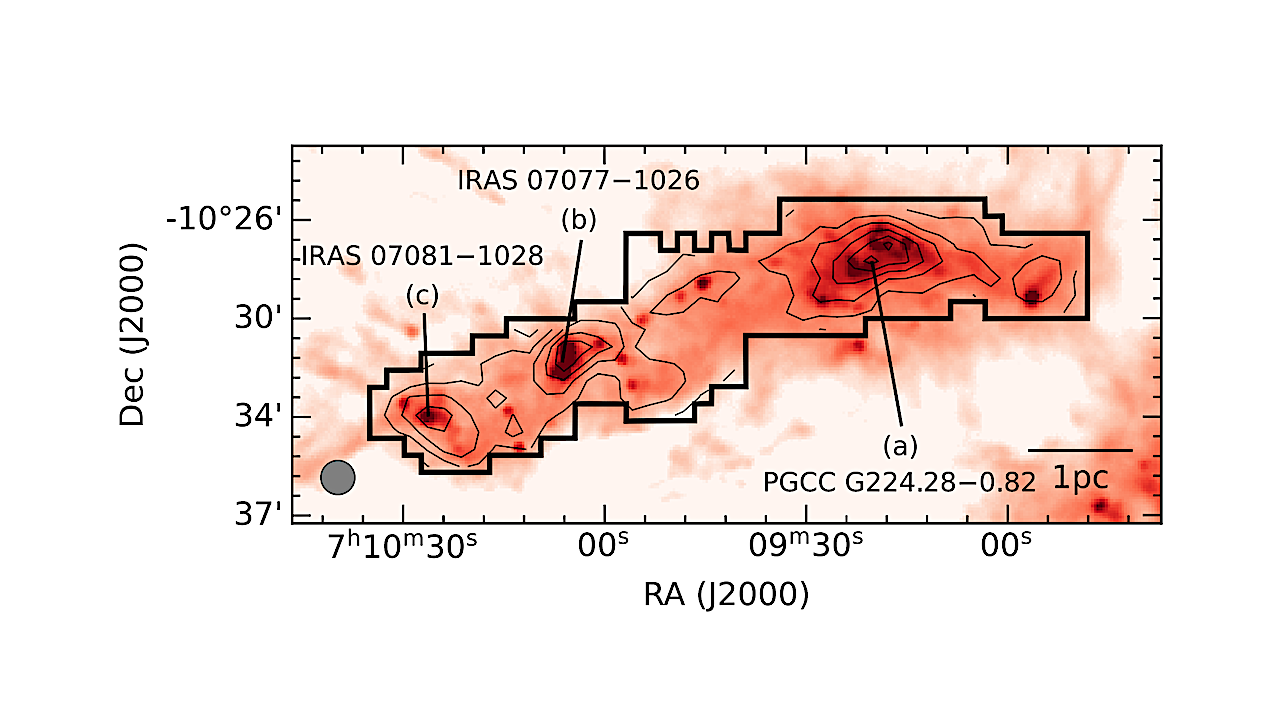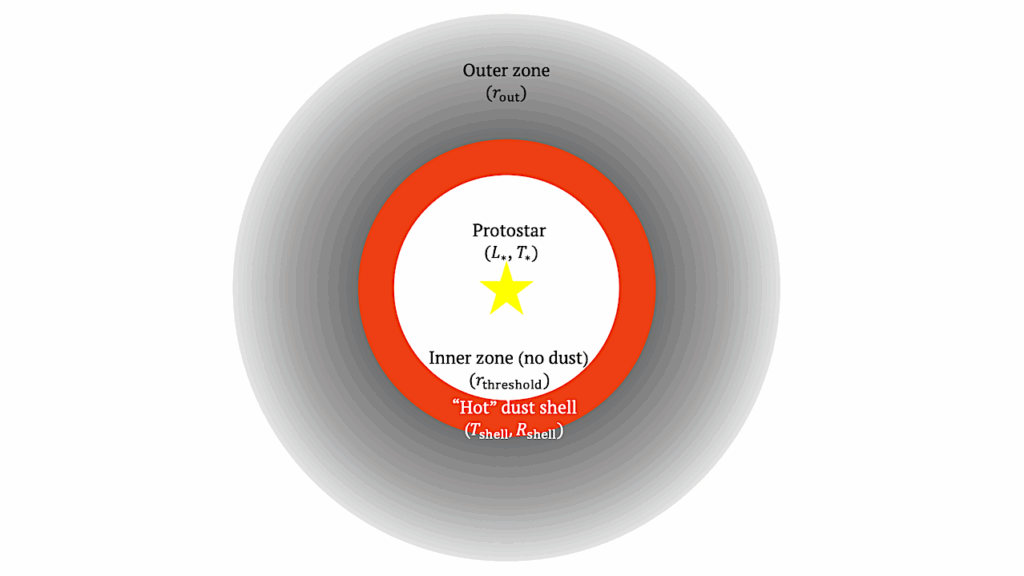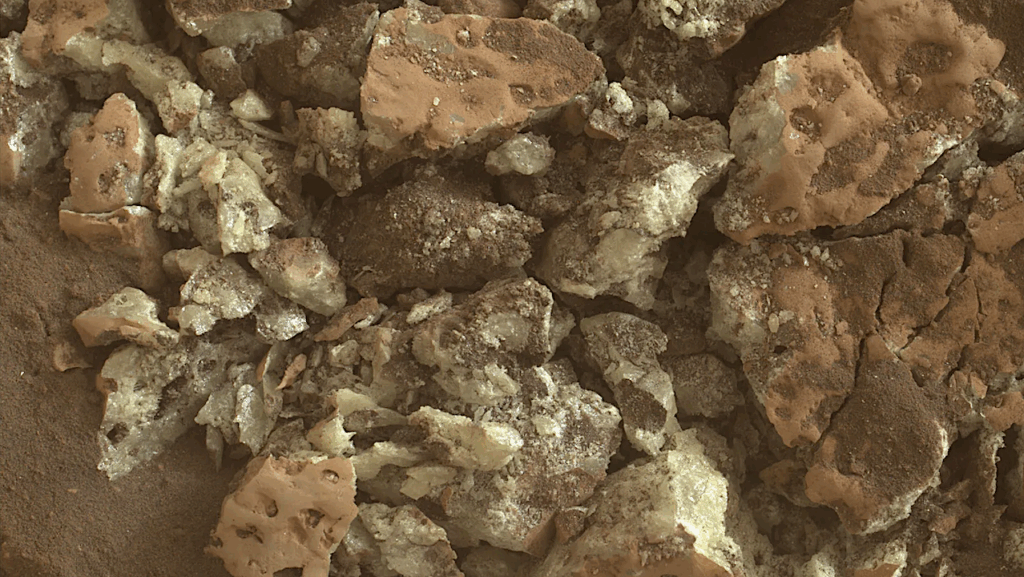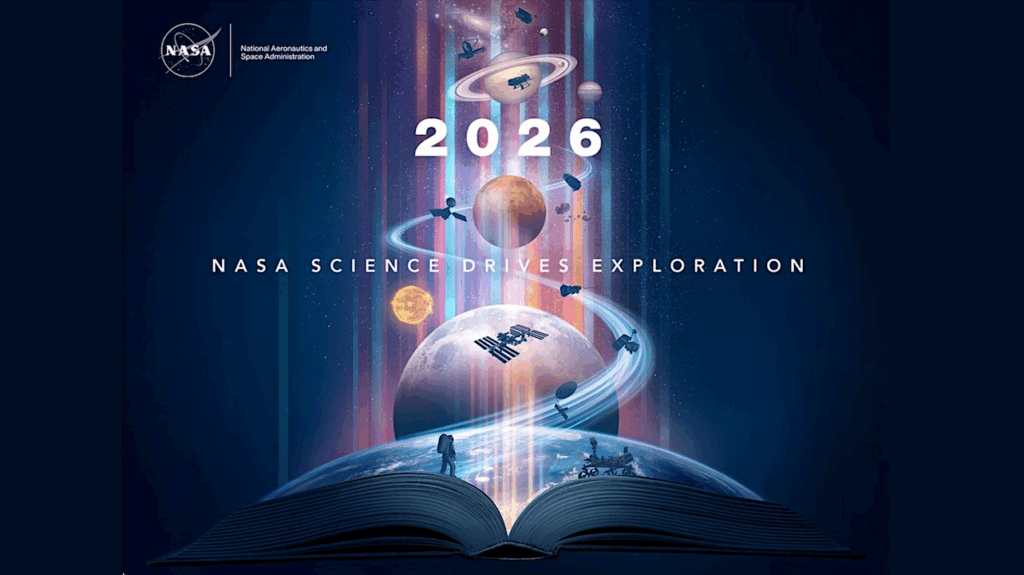KAgoshima Galactic Object Survey With Nobeyama 45-metre Telescope by Mapping in Ammonia Lines (KAGONMA): Discovery of Parsec-scale CO Depletion in the Canis Major Star-forming Region

In observational studies of infrared dark clouds, the number of detections of CO freeze-out onto dust grains (CO depletion) at pc-scale is extremely limited, and the conditions for its occurrence are, therefore, still unknown.
We report a new object where pc-scale CO depletion is expected. As a part of Kagoshima Galactic Object survey with Nobeyama 45-m telescope by Mapping in Ammonia lines (KAGONMA), we have made mapping observations of NH3 inversion transition lines towards the star-forming region associated with the CMa OB1 including IRAS 07077-1026, IRAS 07081-1028, and PGCC G224.28-0.82. By comparing the spatial distributions of the NH3 (1,1) and C18O (J=1-0), an intensity anti-correlation was found in IRAS 07077-1026 and IRAS 07081-1028 on the ~1 pc scale.
Furthermore, we obtained a lower abundance of C18O at least in IRAS 07077-1026 than in the other parts of the star-forming region. After examining high density gas dissipation, photodissociation, and CO depletion, we concluded that the intensity anti-correlation in IRAS 07077-1026 is due to CO depletion. On the other hand, in the vicinity of the centre of PGCC G224.28-0.82, the emission line intensities of both the NH3 (1,1) and C18O (J=1-0) were strongly detected, although the gas temperature and density were similar to IRAS 07077-1026. This indicates that there are situations where C18O (J=1-0) cannot trace dense gas on the pc scale and implies that the conditional differences that C18O (J=1-0) can and cannot trace dense gas are unclear.
Yushi Hirata, Takeru Murase, Junya Nishi, Yoshito Shimajiri, Toshihiro Omodaka, Makoto Nakano, Kazuyoshi Sunada, Takumi Ito, Toshihiro Handa
Comments: 19 pages, 15 figures, 4 tables, accepted for Publications of the Astronomical Society of Japan (PASJ). The version 1 is the Author’s Original Version. My accepted manuscript will be publicly available on the arXiv one year after publication in the PASJ
Subjects: Astrophysics of Galaxies (astro-ph.GA)
Cite as: arXiv:2311.07638 [astro-ph.GA] (or arXiv:2311.07638v1 [astro-ph.GA] for this version)
Related DOI:
https://doi.org/10.1093/pasj/psad080
Focus to learn more
Submission history
From: Yushi Hirata
[v1] Mon, 13 Nov 2023 19:00:00 UTC (1,209 KB)
https://arxiv.org/abs/2311.07638
Astrobiology, Astrochemistry








